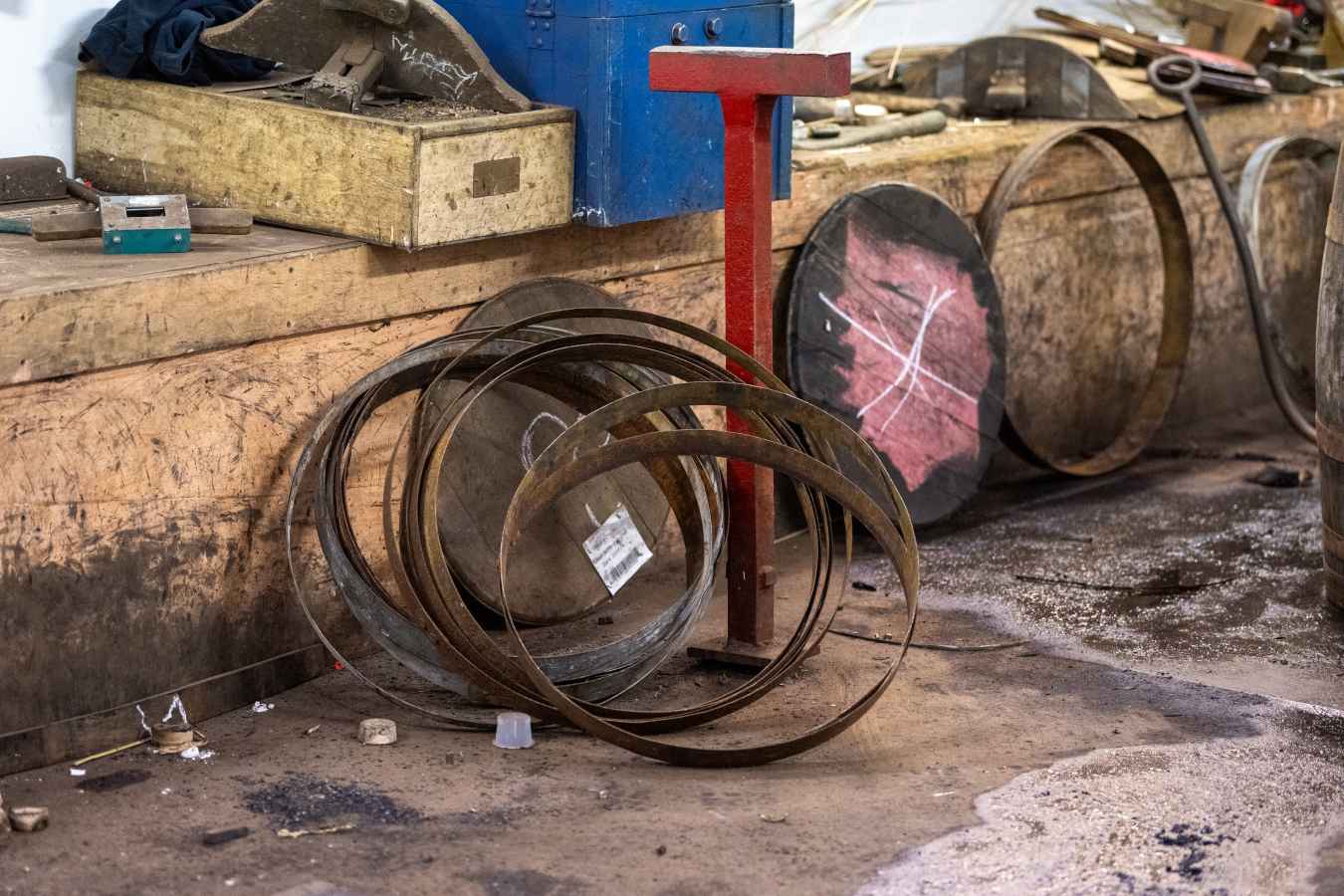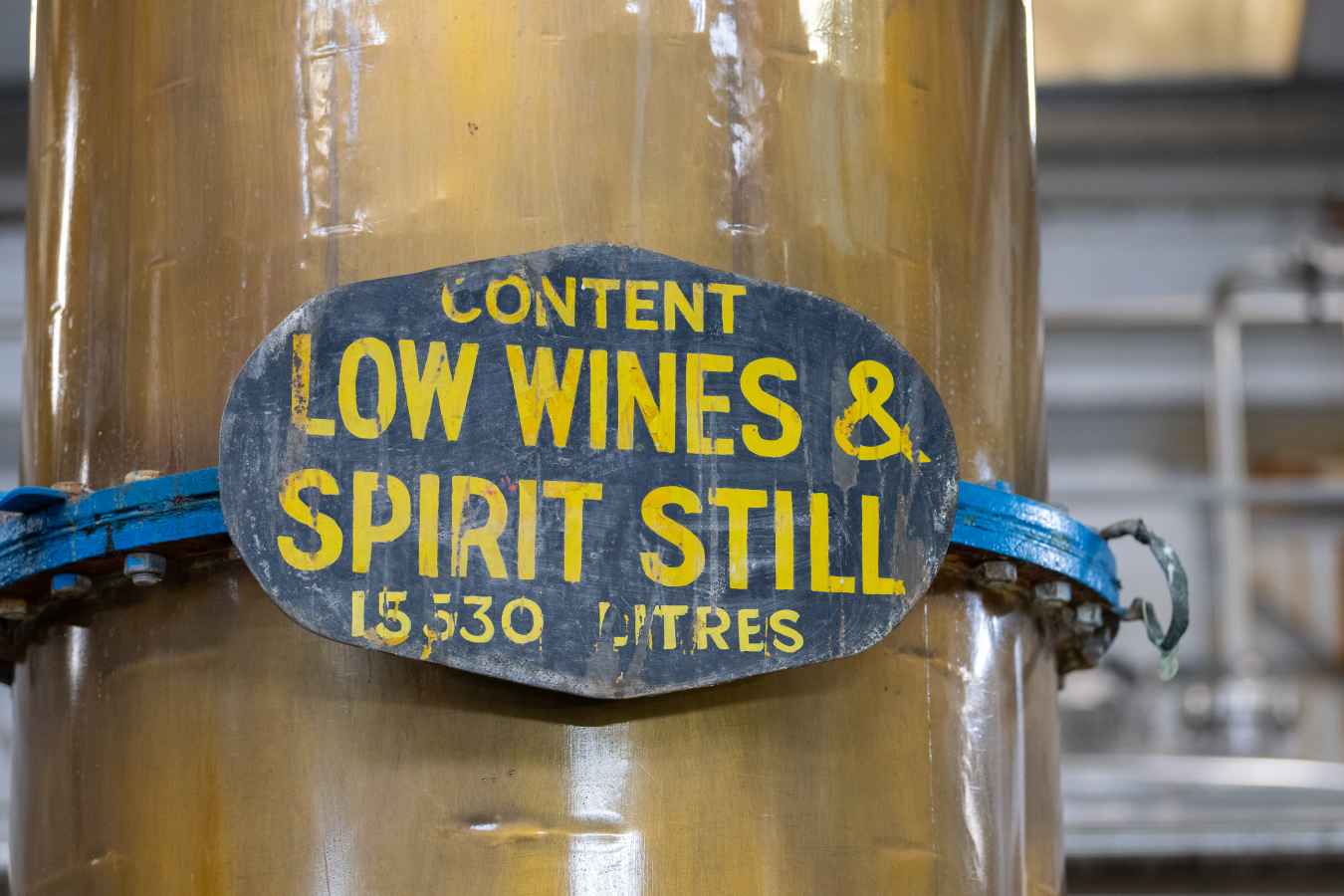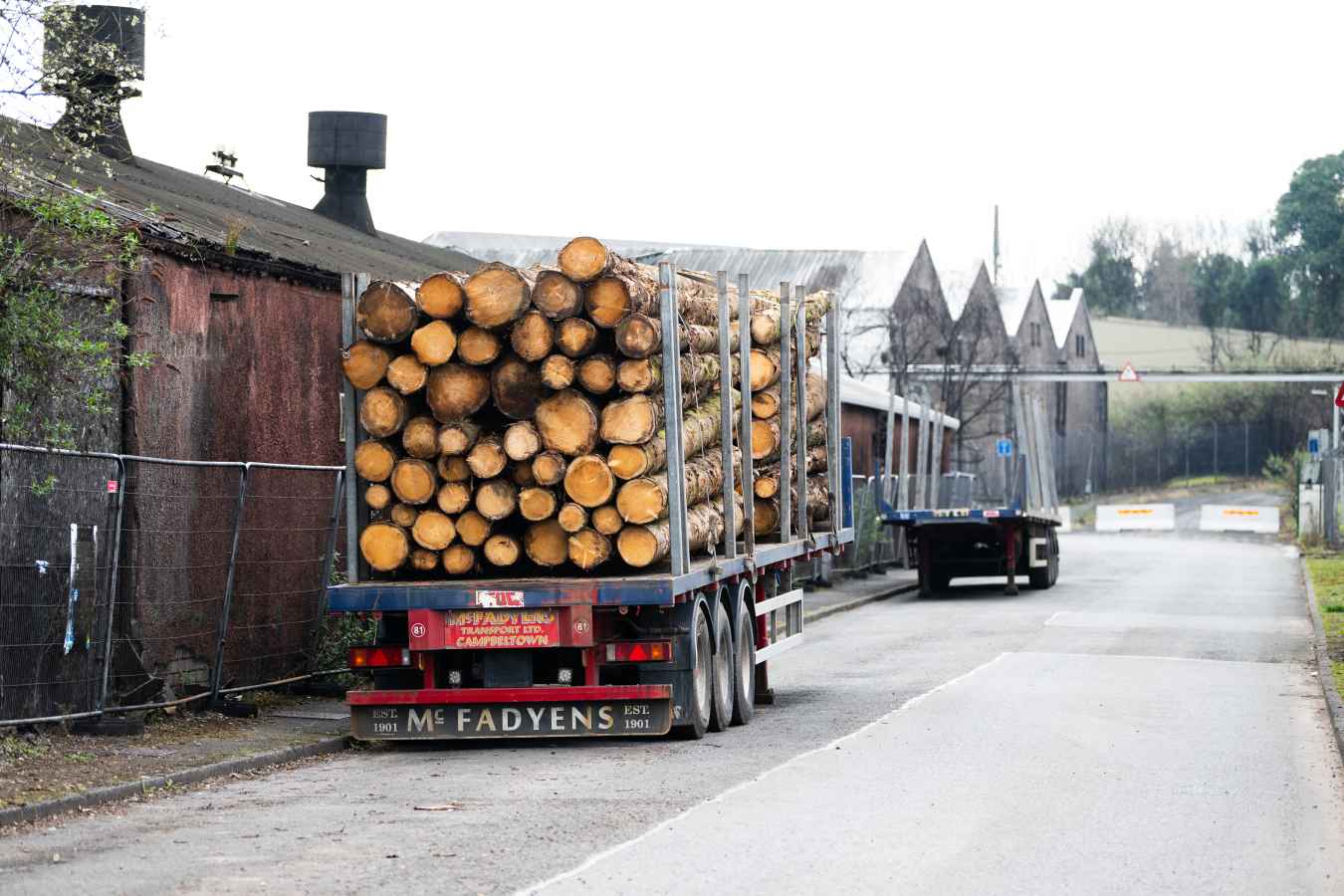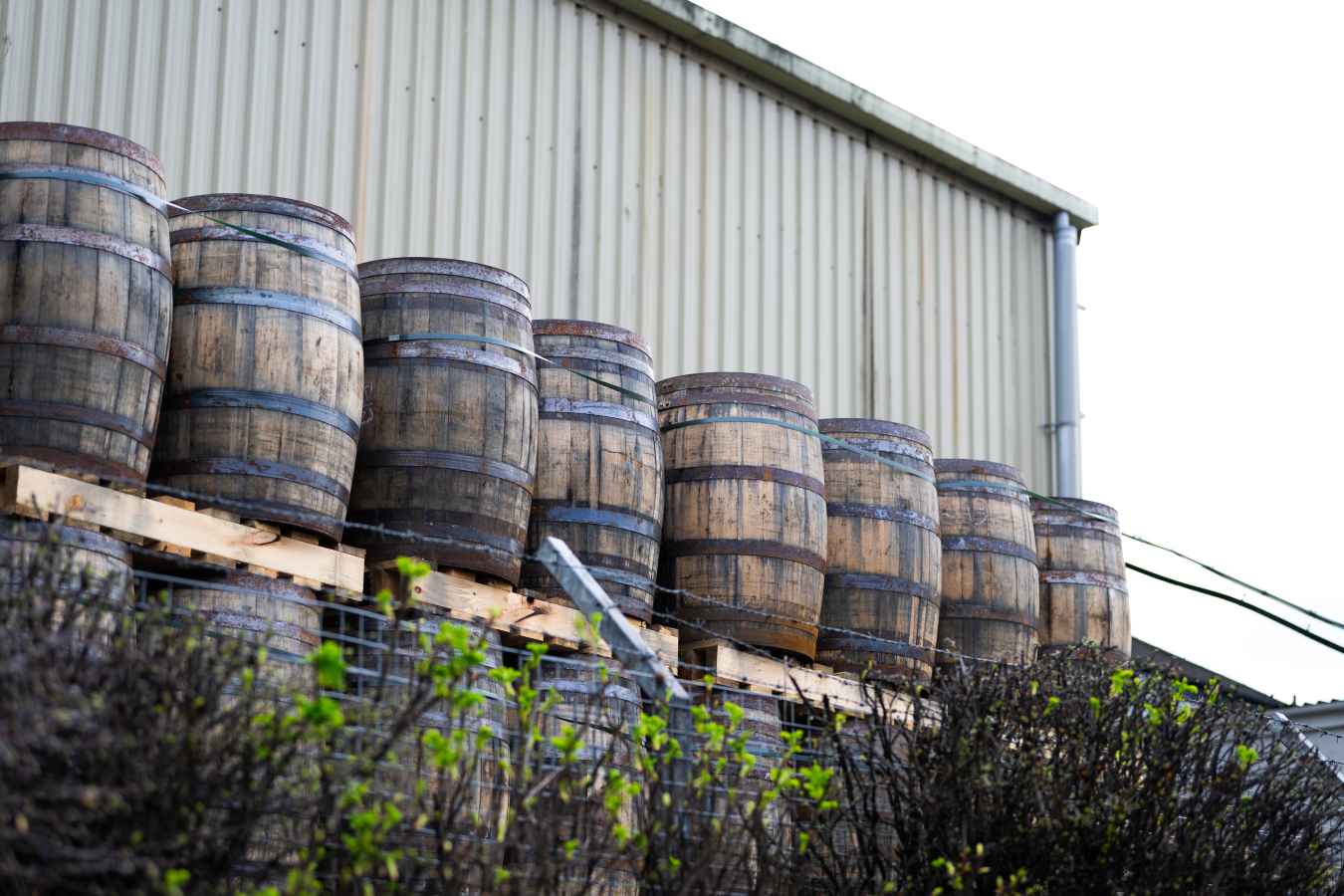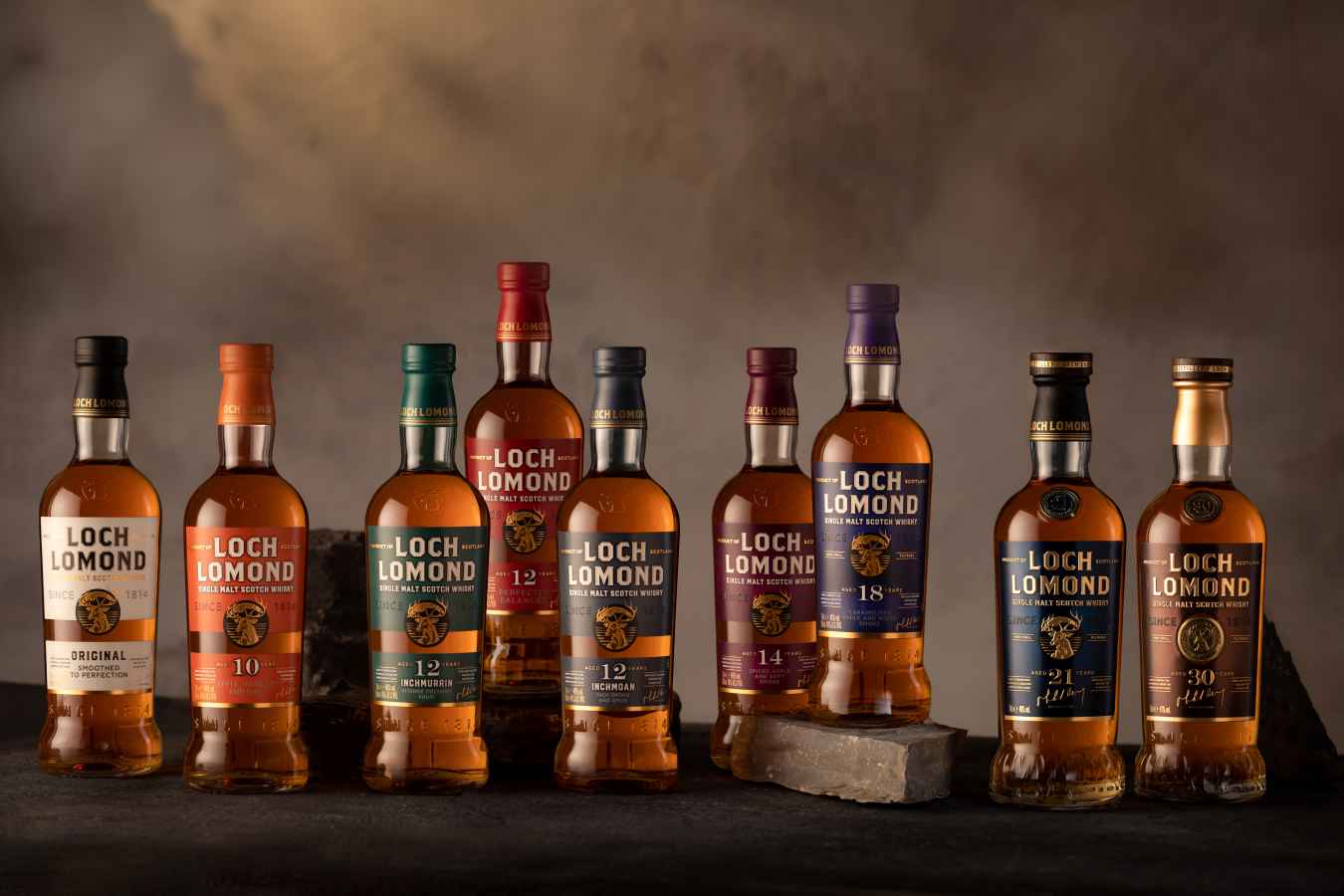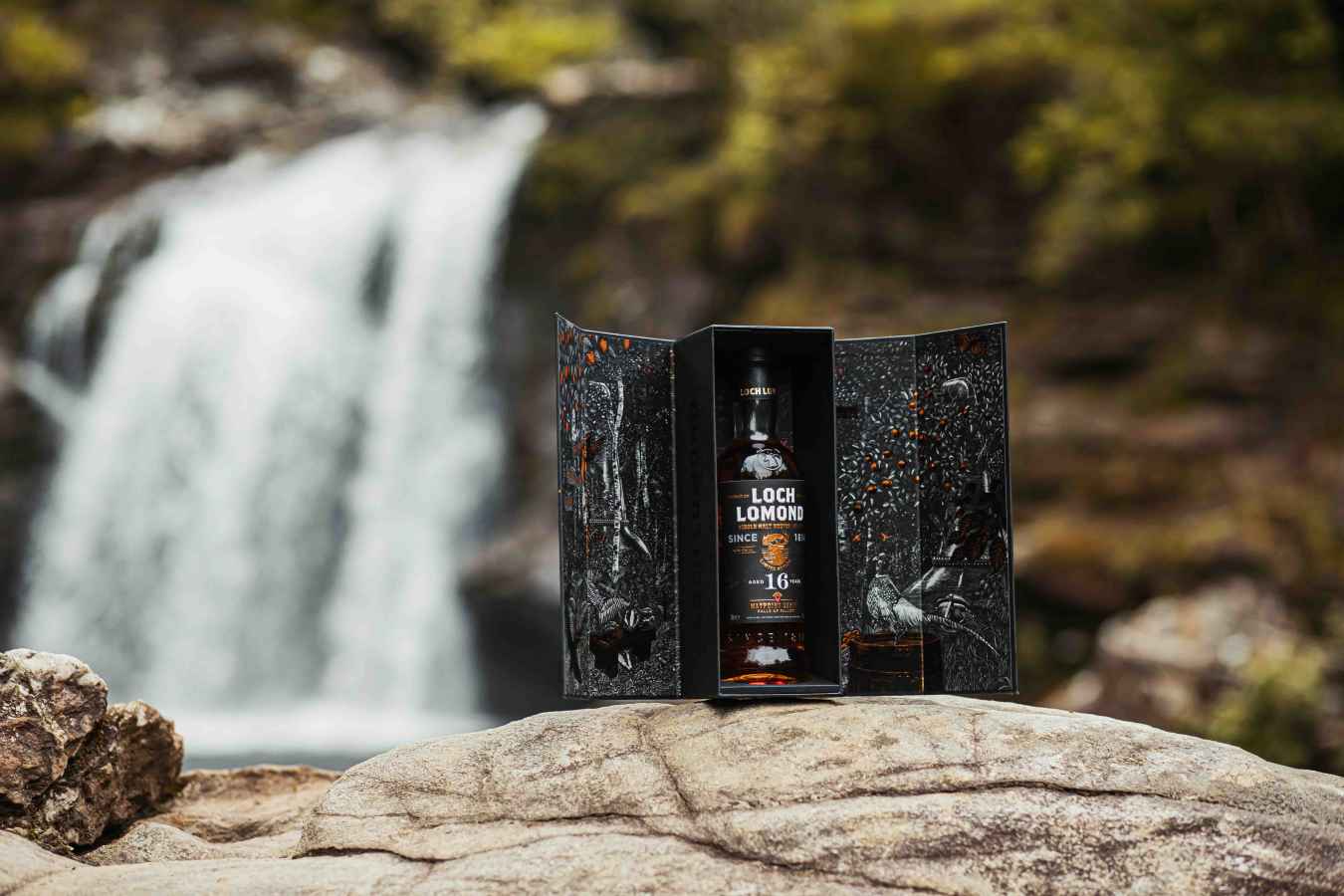Discovering Loch Lomond Distillery
Loch Lomond Whiskies
Few distilleries divide opinion quite like Loch Lomond. Often underestimated, sometimes misunderstood, it doesn’t trade on bucolic charm or romantic tales of illicit stills. Instead, it is rooted in industrial ambition and technical ingenuity - qualities that, ironically, have led to some of the most distinct single malts coming out of Scotland today.
I've been enjoying Loch Lomond whiskies for years and have a few prized single cask expressions in my collection. But despite my long-standing appreciation, I’d never set foot in the distillery itself—largely because it’s not open to the public. So when an invitation came through for a behind-the-scenes press trip, I jumped at the chance. This was more than just a visit; it was an opportunity to explore the human side of the distillery and gain a deeper understanding of its identity and what truly sets it apart.
Built in 1966 by the Littlemill Distilling Company, Loch Lomond was designed to be efficient, not elegant. Its unusual straight neck stills—patented designs inspired by column stills and built to allow for reflux control—were installed to produce spirit suitable for blending at high volumes. These were not common in Scotch whisky at the time and remain rare today. By combining pot still characteristics with column-like precision, the distillery opened the door to an unprecedented range of flavour development. These stills, which feature up to 32 copper plates, allow for exceptional reflux, creating lighter, fruitier spirit with higher alcohol strength (up to 84% ABV off the still, compared to the industry standard of around 70%).
That level of purity comes with a key advantage: the spirit matures quickly and cleanly. What was originally a cost-saving exercise has, over time, evolved into a point of technical brilliance. Today, Loch Lomond is capable of producing between 13 and 16 distinct distillate styles, depending on how you count them—even the distillery team don't always agree on the exact number. It's one of the few distilleries in Scotland with the capacity to make such a wide flavour spectrum from a single site.
Much of that versatility is down to Head Blender and Master Distiller Michael Henry, who has been with the distillery since 2007. A trained chemist and former brewer at Guinness, Henry brings a methodical approach to whisky making that contrasts with the more romanticised narratives often found in Scotch. Flavour development at Loch Lomond begins with the spirit, not the cask. Every decision around cut points, distillation strength, fermentation time, and yeast strain is made with a clear end goal in mind.
This distillate-led philosophy has allowed the distillery to build a portfolio that genuinely stands apart. Take Inchmoan, for example: a heavily peated whisky that manages to avoid the assertiveness typical of its Islay counterparts. At around 50ppm, it’s technically more peated than some of the island’s best-known drams, yet it presents with softness and restraint. That’s deliberate. Only a small fraction of Loch Lomond’s output is peated, and even then, it’s used more as seasoning than a headline act.
At the other end of the spectrum is Inchmurrin, made exclusively from straight neck stills. It’s a vivid expression of orchard fruit and citrus, with a light floral lift that has become a signature of the distillery’s unpeated style. These two brands form the outer edges of the Loch Lomond flavour map. In the middle sits the Loch Lomond 12 Year Old—a marriage of Inchmoan and Inchmurrin components that reflects the house style: fruit, honey, and a touch of soft smoke. With its broad availability and consistent quality, the 12 Year Old serves as the distillery's flagship, quietly earning awards and accolades in markets around the world.
The success of that core range is bolstered by the distillery’s rare in-house cooperage. One of only four still operating in Scotland, it gives the team a level of cask control that most producers can only dream of. Casks can be repaired, recharred, or even customised to specification within walking distance of the still house. That proximity fosters a culture of experimentation. If Henry wants to test a new idea, the turnaround is days, not months.
I’ve always had a particular fascination with cooperages and take genuine pleasure in watching these craftsmen at work. It’s a skill that takes years to master — a full apprenticeship runs four years, and every time I witness it in person, I find it utterly mesmerising. With so few cooperages left in Scotland, catching them in action often comes down to luck, but when you do, it’s unforgettable.
At Loch Lomond’s on-site cooperage, the sense of tradition and pride is ever present. Some of the men here have been doing this their entire working lives, many having apprenticed under their fathers. They use their own sets of tools, some of which have lasted decades and worn smooth by time but are still as essential as ever. The tools and techniques have barely changed, passed down through generations with only minimal modernisation.
The most visually stunning moment is when the barrels are re-charred. A red-hot flame is blasted into the cask for a precise length of time, depending on the level of char required. It’s dramatic, almost theatrical — the inside of the cask glowing like a furnace, sparks flying, and as you’ll see in the photos, it makes for quite the spectacle. But beyond the drama is the real purpose: that layer of char plays a key role in the flavour profile of the whisky, releasing the wood’s sugars.
Steam & Fire was created to showcase the distillery’s core strengths, namely, distillation precision and cask influence. The whisky combines high-reflux spirit with maturation in heavily charred American oak. The result is a bold yet polished single malt, layered with caramelised sugars, toasted spice, and chewy mouthfeel. The project also aimed to communicate the distillery’s industrial heritage and hands-on production style through its packaging and positioning.
Texture, in fact, is something Loch Lomond takes seriously. Mouthfeel isn’t just a happy by-product of ageing; it’s part of the plan from day one. Whether it’s the choice of still (straight neck for fruit, swan neck for weight), the type of yeast used in fermentation, or the final cask finish, each decision contributes to how the whisky behaves on the palate.
Nowhere is that approach more evident than in the distillery’s Waypoint series—limited releases that serve as a testing ground for both process and narrative. One of the most interesting expressions to date is a 16-year-old finished in cognac casks, made entirely from swan neck distillate. It marked the first time Loch Lomond released a single malt exclusively from that still type, allowing the heavier, spicier character to shine. The cognac finish complements rather than overwhelms, adding floral sweetness and complexity.
Each Waypoint bottling takes its name and inspiration from a location around Loch Lomond itself. While this storytelling element gives the range aesthetic appeal, it’s the technical merit of the whiskies that has attracted serious interest from enthusiasts and professionals alike. With upcoming expressions involving alternate yeast strains and longer fermentations, some exceeding 90 hours, the series looks set to remain a highlight of the portfolio.
That said, innovation at Loch Lomond is not just about small-batch flair. The distillery is one of the most awarded in the world, picking up Distillery of the Year at the IWSC, Most Awarded Scotch Distillery at the San Francisco World Spirits Competition, and multiple Best in Class wins from the World Whiskies Awards. In 2023, it also became the most awarded distillery across all categories at San Francisco. Importantly, this recognition has not inflated prices. The 12 and 18-Year-Old expressions remain competitively priced, reflecting the distillery's philosophy of accessibility over exclusivity.
Loch Lomond is, in many ways, an anomaly: a distillery born from industrial thinking that has evolved into a hotbed of technical whisky making. It may lack the picture-postcard beauty of some of its Highland neighbours, but what it offers instead is substance, control, and serious flavour diversity. For those looking to introduce something distinctive to their collection, or for curious drinkers ready to explore whisky beyond style and region, Loch Lomond delivers an experience rooted not in myth but in method.
And in whisky, method matters.

